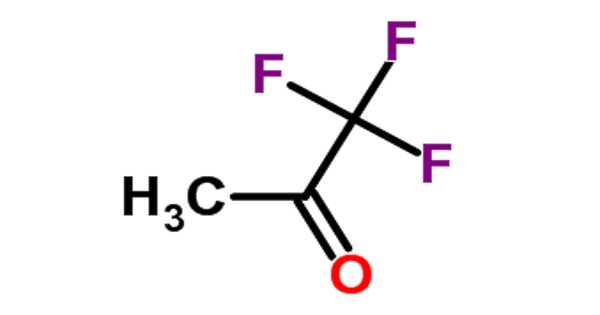A liquidation preference is a clause in a contract that dictates the payout order in case of a corporate liquidation. It is one of the primary economic terms of a venture finance investment in a private company. The term describes how various investors’ claims on dividends or on other distributions are queued and covered. They are frequently used in venture capital contracts to clarify what investors get paid and in which order in a liquidation event, such as the sale of the company.
Liquidation preference is a provision meant to serve as protection for investors if a company exits at a value lower than what was initially expected. It establishes that certain investors receive their investment money back first before other company owners in the event the company is sold, has a public offering, pays dividends, or has another liquidation (payout) event. Investors or preferred shareholders are usually paid back first, ahead of holders of common stock and debt. The use of specific liquidation preference dispositions is popular when venture capital firms invest in startup companies.
Liquidation preference is an essential part of preferred stock and is often considered to be among the most important deal terms in a venture capital investment, second only to the company’s valuation. It is not relevant to public exits because an IPO typically auto-converts all preferred shareholders into common shareholders.
Types
Liquidation preference determines the payout process or the distribution of stocks if the company pays dividends, enters into a merger, or liquidates the company. Liquidation preferences can be partial (they apply to less than 100% of investment funds), full (100%), or at a multiple of original investment funds. Further, interest or guaranteed dividends may or may not be added to the preference amount over time. Occasionally the multiple shifts over time as well.
Liquidation preference means the company’s investors or the preferred stockholders receive their investment back first in case the company liquidates. Another distinction is that preferences may be “participating”, meaning investors receive their preference first and are then entitled to a share of any remaining funds based on their ownership, or they may be “non-participating”, in which case they receive either their preference amount only with no further right to distributions, or else their proportionate share of distributions but without the preference, whichever is greater. For instance:
Participating liquidation preference: As an example, an investor invested $1M in a $6M pre-money valuation ($7M post) with a 2x participating liquidation preference. They would then own 14.4% ($1M/$7M) of the company and would get an upside on any change of control. If the company then sold for $15M the investor would get back 2x of their investment first for $2M (2 × $1M) and then the rest of the remaining $13M ($15M – $2M) would be distributed among all shareholders. The investor would then get an additional $1.9M (14.4% × $13M) for a total of $3.9M ($2M + $1.9M). Liquidation preference is associated with the preferred convertible stock. It explains how the proceeds are divided and shared.
















